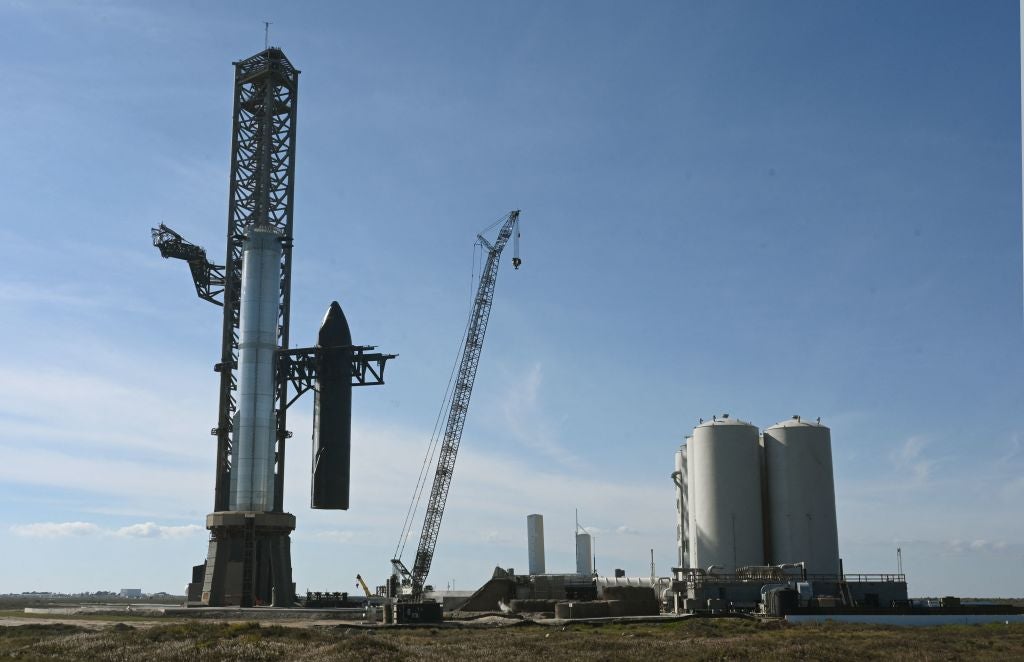
Elon Musk’s SpaceX is set to launch its Starship rocket system on Saturday (18 November) for the second time, seven months after the first major test flight ended in disaster when it exploded in mid-air.
The Starship aircraft, the most powerful launch vehicle ever made, will leave the company’s launch site in Texas at 7am local time.

Access deeper industry intelligence
Experience unmatched clarity with a single platform that combines unique data, AI, and human expertise.
SpaceX claims that it views failures during flights as part of the development process and does not see mishaps such as mid-air explosions as major setbacks.
Talking to Bloomberg, William Gerstenmaier, the vice-president of build and flight reliability at SpaceX, said: “The way we do development is we fly, we break some things, we learn some things, and then we go back and fly again.”
SpaceX will be hoping to get a successful flight completed soon, however, as the rocket is signed into a number of high-profile contracts in the coming years.
Nasa has invested around $4bn to turn the Starship into a vehicle that can ferry astronauts to and from the moon in its Artemis III lunar mission.

US Tariffs are shifting - will you react or anticipate?
Don’t let policy changes catch you off guard. Stay proactive with real-time data and expert analysis.
By GlobalDataThe success of the second test launch will show the US Space Agency if it will be able to meet its 2025 mission goal.
As well as Nasa’s lunar mission, Starship will be used to launch SpaceX’s next generation of Starlink, the company’s low-orbit satellite system, into space.
SpaceX is currently launching its V2 Starlink satellites in its reusable Falcon 9 rocket. However, the size of the rocket means it can only carry 22 satellites at a time.
Once Starship is up and running, the company says it will be able to carry 50–100 satellites every launch, greatly speeding up upgrades to its space internet network.
GlobalData’s Thematic Intelligence: The Space Economy report says the space economy could be worth as much as $1trn by 2030.
The research company puts the value of the industry in 2022 at $450bn and suggests it will see a compound annual growth rate of between 6% and 10% from then until 2030.







